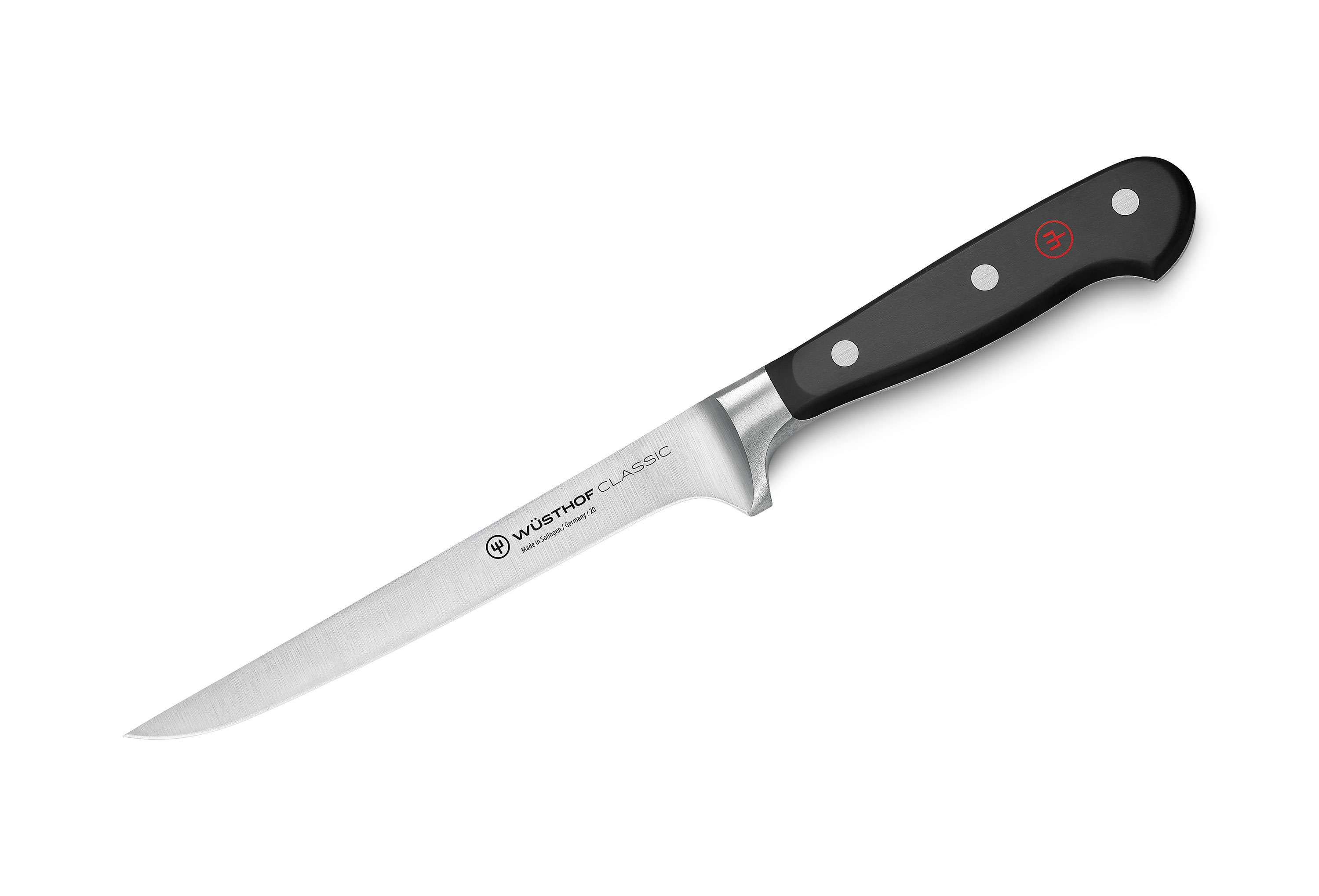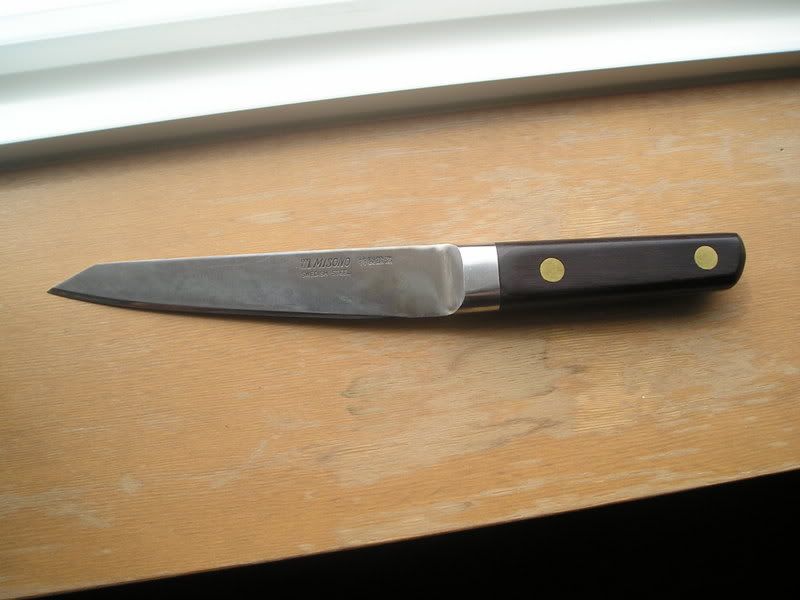MAS4T0
Senior Member
- Joined
- Dec 10, 2013
- Messages
- 932
- Reaction score
- 19
Hi KKF!
I feel as though I should be able to figure this one out myself, but I thought it best to ask those of you with some experience.
I've been looking into custom boning knives recently and noticed that quite a few custom makers (and Japanese smiths) make their western boners without the protruding heel that you get on a lot of production knives.
Is there any real difference in functionally, what is the notch for and do you prefer to have it or not?
Notch:

No Notch:

I feel as though I should be able to figure this one out myself, but I thought it best to ask those of you with some experience.
I've been looking into custom boning knives recently and noticed that quite a few custom makers (and Japanese smiths) make their western boners without the protruding heel that you get on a lot of production knives.
Is there any real difference in functionally, what is the notch for and do you prefer to have it or not?
Notch:

No Notch:








